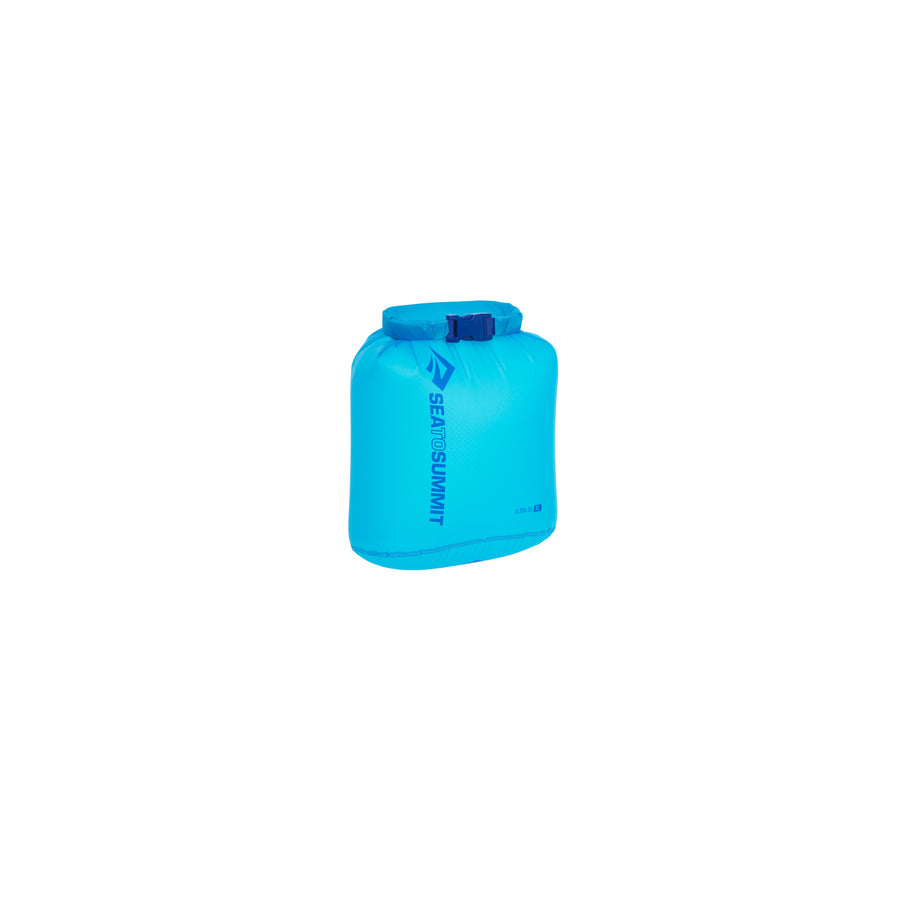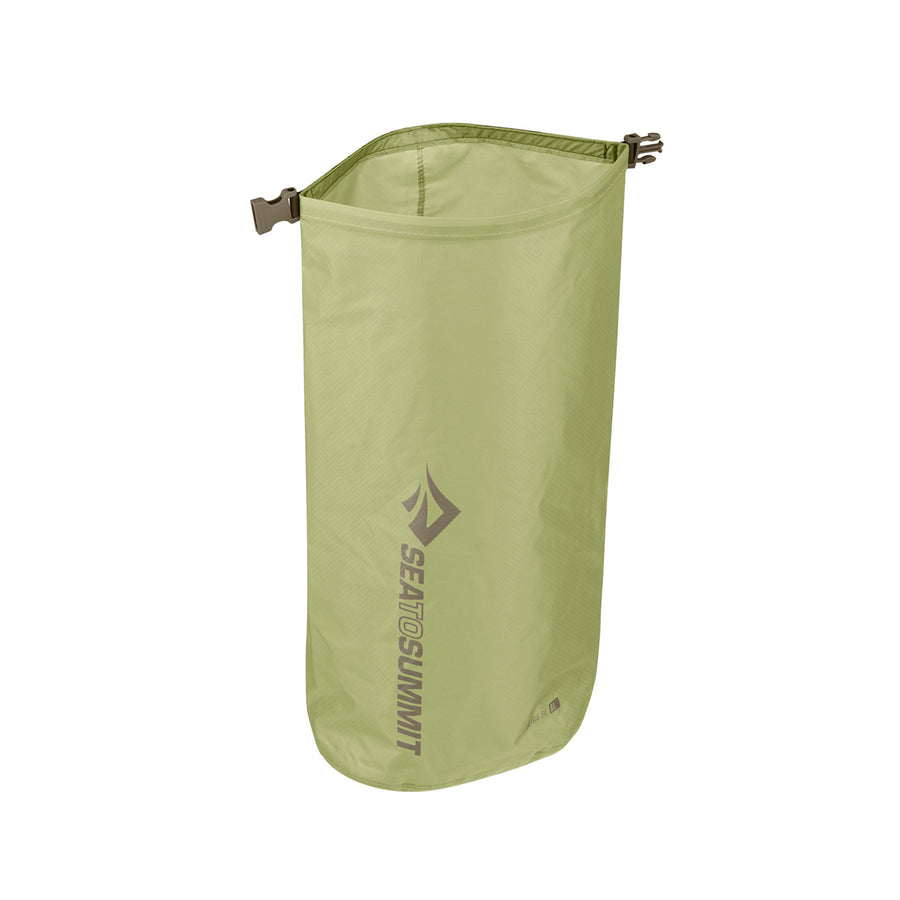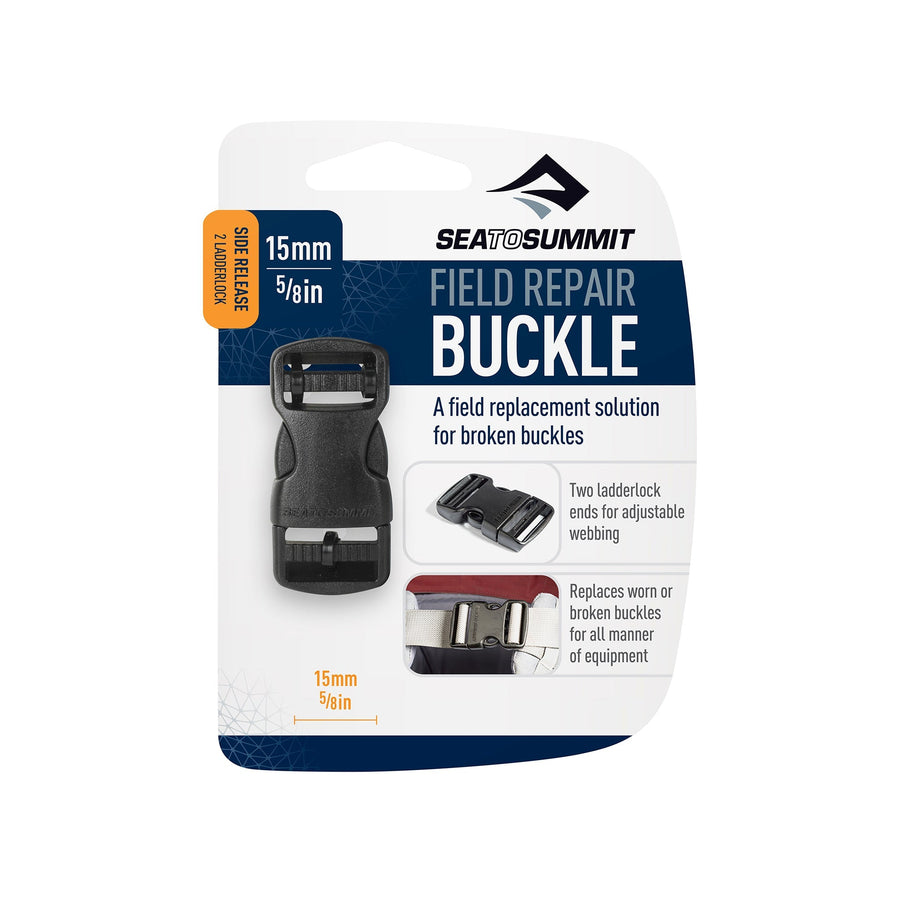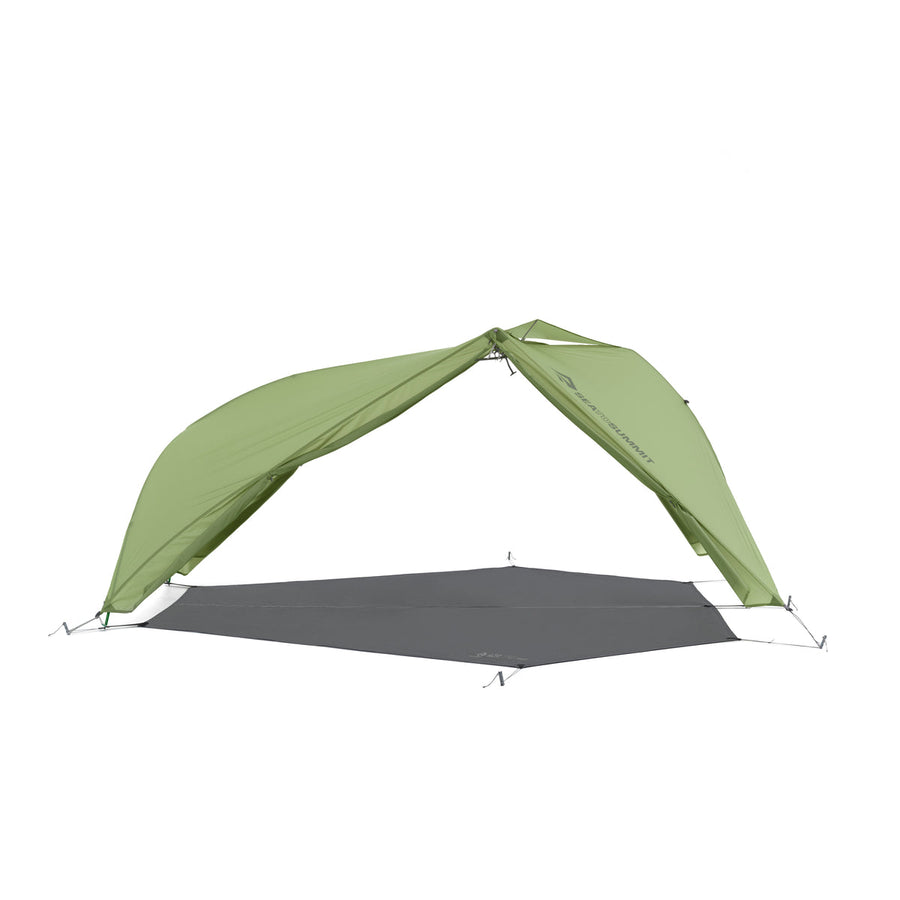A Guide to Washing/Treating Gear and Clothing for Colder or Wetter Weather

We have a separate post on storing your (summer) gear during winter months which you can read here. That article ends with the recommendation to treat the clothing and equipment you will want to use in winter: Here is how to do just that.
There are several really good reasons for washing and treating your clothing and footwear:
- All backcountry users will appreciate having clothing which doesn’t carry the aroma of dried perspiration from past trips. Their friends will appreciate this too.
- Hunters in particular need to know that washing and waterproofing clothing will not leave their garments carrying the scent of home laundry products or cleaning/waterproof treatments. On this latter point, we specifically recommend Grangers treatments because they are completely odor-free.
- Washing and re-proofing your outdoor clothing will significantly improve its performance and prolong its life. You paid good money for that clothing, and as an outdoor user you have a vested interest in sustainability: clean, water repellent/waterproof garments really do work better, last longer and thus have a significantly smaller carbon footprint.

Down Jackets
You may have heard that you can’t – or shouldn’t – wash down clothing because you might damage the down. Nothing could be further from the truth: by not washing a down jacket, impurities will cause the down fill to eventually lose loft, and the shell material to lose the water repellency it had when the garment was new.
What you shouldn’t do is wash a down garment using conventional laundry detergent. This may strip necessary oils from the down, and the fillers and brighteners which the detergent contains can prevent the down from lofting properly.
A down soap such as Grangers Down Wash is gentle on the down and rinses out without leaving residue. Down jackets usually have sewn-through baffle construction, so there is no chance of down shift between baffles if the garment is washed in a washing machine. That said, we would not recommend a top-loader washing machine which has an agitator (the spiral-shaped device in the center of the tub) – these can be very hard on lightweight fabrics and down. Top loaders without agitators and front loaders are fine.
If you purchase the Grangers Down Wash Kit, you will get a set of lightweight dryer balls to put into the dryer – these help break up down clumps much more gently than tennis balls. Better still, the Down Care Kit also washes a water-repellent finish into the insulation during the wash cycle.Now your puffy is clean, get yourself an appropriately-sized eVac Dry Sack to keep it dry inside your pack.
 Hard Shell / Soft Shell Jackets and Pants
Hard Shell / Soft Shell Jackets and PantsWhen your shell was new, water ‘beaded up’ and ran off of its outer surface because of a water repellent finish (DWR) applied during production. However, the dirt and grime which are ever-present in outdoor adventures reduce the effectiveness of that DWR, meaning a loss of water-repellency – the shell may ‘wet out’. If the face fabric is soaked, it will be less breathable, and condensation may form on the inside of the shell, leading some people to believe that their garment is leaking.
The solution is to wash the garment with a non-detergent soap such as Grangers Performance Wash. Regular household laundry detergent may get the shell clean, but it can compromise the water-repellent finish.
Performance Wash will remove dirt from the garment, leaving the remaining DWR to once again repel water. If that DWR requires a boost, there are several options available.
- Wash-in treatments such as Grangers Clothing Repel or their ‘two in one’
- Wash + Repel which cleans and waterproofs at the same time.
- Spray-on treatments like Grangers Performance Repel Plus
Please note that all waterproof treatments require the garment to be clean (and free of laundry detergent residue) before application – so washing them in a non-detergent soap like Performance Wash is essential.
Merino and Other Base Layers
If you have read the blog post on caring for sleeping bag liners, you will have noted that wicking fabrics should not be washed with fabric softeners. This also applies to base layers and performance socks – whatever they are made of.
Merino wool base layers and socks are incredibly comfortable against your skin; they wick moisture effectively, and do not trap odors in the way that synthetic fibers do. However, they require a little special attention when you wash them. Use Grangers Merino Wash for the wash cycle, then air-dry the garments.
Polyester base layers will trap odors. Washing them in Grangers Active Wash will leave the garments smelling fresh and clean, without the additives found in common household laundry ‘soap’.
Gaiters
If you use AT gear to ski in the winter, you won’t use gaiters – but if you use Nordic Touring skis you probably do. Sea to Summit has a number of excellent gaiter choices including the Alpine and Quagmire. Both of these use eVent fabric for breathability; and as with hard shell garments, they will benefit from having the DWR finish refreshed. If you wash them along with your hard shell garments, put the gaiters in a pillowcase (or similar laundry bag) to prevent the buckles of the gaiter from damaging your shell. Once they are clean, spray them with Grangers Performance Repel Plus.
 Footwear and Gloves
Footwear and Gloves
Before we cover the cleaning and treatment of gloves, let’s revisit a concept which we have covered before on the Ask Baz blog: that of modular packing in a backpack. You can read about it here. It includes the idea that you have your ‘immediate need’ clothing in a dry sack right at the top of your pack. For winter, that clothing will include (warmer) gloves, a hat/balaclava, a shell jacket and a light down jacket or fleece. The Ask Baz team uses either Ultra-Sil Dry Sacks or eVent Dry Sacks to store those items dry and easily accessible directly underneath the lid pocket of their packs, ready for a sudden temperature change or a shift in the wind.
We mention ‘warmer’ gloves, because here in Colorado in December and January a backcountry user may well need two pairs of gloves – one for uphill travel, and one for lower-energy downhills (and for colder temperatures when the sun sets or is obscured by clouds).
Soft-shell gloves should be washed and treated like soft shell garments (see above); gloves with leather surfaces should be treated with Grangers Leather Conditioner, then sprayed with Grangers Performance Repel Plus.
Boots used for Nordic skiing and snowshoeing will either be leather (in which case Grangers Waterproofing Wax is a great choice), or a combination of fabric and leather (in which case Grangers Footwear Repel is simple and effective). Both of these treatments require the boots to be clean first – use the Grangers Footwear and Gear Cleaner and a stiff brush for this.
As you wait for the first snow of the season, the longer evenings present an excellent opportunity to make sure your gear and clothing are ready for whatever conditions may come your way when you head out into the backcountry.
Stay dry and stay safe.
B




































